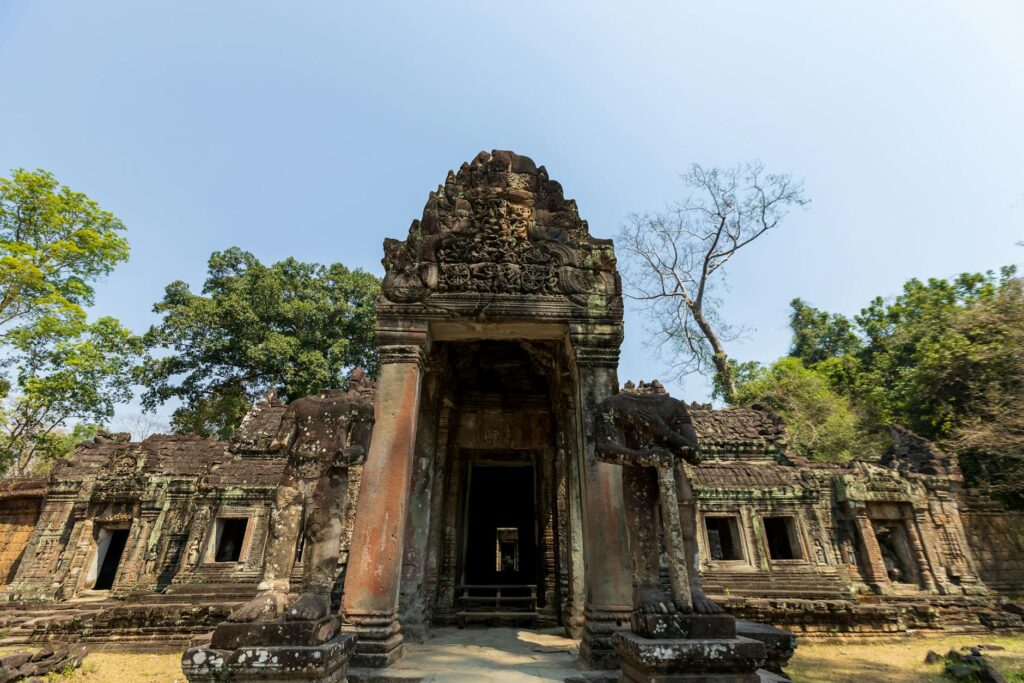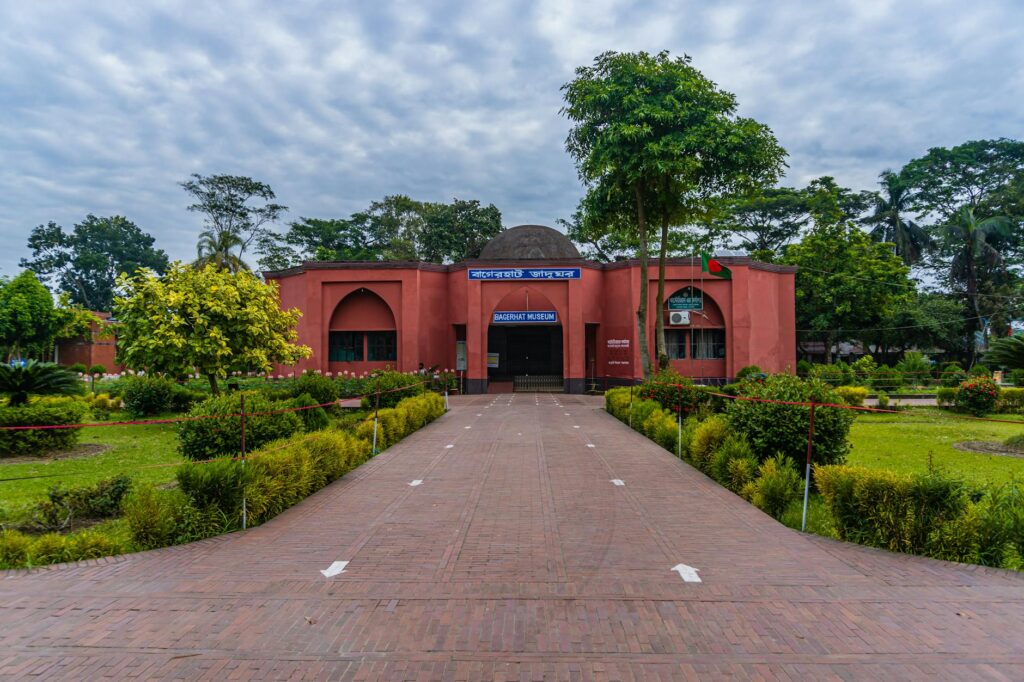Preah Khan, a sprawling temple complex nestled within the Angkor Archaeological Park in Cambodia, stands as a poignant testament to the Khmer Empire’s power and artistry. Its enigmatic beauty and overgrown state create an atmosphere both breathtaking and haunting, inviting exploration and contemplation.
A Temple’s Mysterious History
Built in the late 12th century by King Jayavarman VII, Preah Khan wasn’t simply a religious site; it was a significant center of the empire’s administrative and social life. Its name, meaning “Sacred Sword,” hints at its importance, and archaeological evidence suggests a far more complex function than initially thought.  Scholars are still uncovering secrets about its layout and purpose, making it a fascinating subject of ongoing research. Learn more about the king’s reign.
Scholars are still uncovering secrets about its layout and purpose, making it a fascinating subject of ongoing research. Learn more about the king’s reign.
Architectural Marvels and Decay
Preah Khan is renowned for its breathtaking architecture. The intricate carvings, towering structures, and the impressive network of causeways and canals are testament to Khmer architectural skill. Despite the passage of time and the ravages of nature, the temple’s grandeur persists, with many sections still standing tall. The contrast between the crumbling stone and the lush jungle vegetation creates an atmosphere that’s both serene and dramatic.  Explore more images of Preah Khan’s architecture.
Explore more images of Preah Khan’s architecture.
The Significance of the Buddhist Influence
Preah Khan’s architecture reflects a blend of religious beliefs, predominantly Buddhist, yet with hints of earlier Hindu influences. The numerous statues, carvings, and inscriptions tell stories of deities, historical figures, and everyday life in the Khmer Empire. This rich tapestry of religious and cultural expressions makes exploring the site a journey into the heart of Khmer spirituality. Read more about Angkor’s religious history.
Exploring the Inner Sanctum
Venturing into Preah Khan’s inner sanctum is a truly unforgettable experience. Navigating the labyrinthine corridors, discovering hidden chambers, and encountering unexpected scenes of nature reclaiming stone are all part of its charm. Remember to wear appropriate footwear for traversing the uneven terrain. [IMAGE_3_HERE] The sheer scale of the complex is overwhelming, and it’s easy to spend hours wandering its pathways. Plan your visit to Preah Khan.
Beyond the Stones: A Living Ecosystem
Beyond its historical significance, Preah Khan is a vibrant ecosystem. The trees that have grown within the temple walls have become integral to the site’s beauty, creating a unique and awe-inspiring juxtaposition of nature and architecture. This harmonious blend of history and nature makes Preah Khan a truly unforgettable destination. [IMAGE_4_HERE] The intricate root systems intertwine with the ancient stones, demonstrating the powerful resilience of nature. Discover more about Angkor’s wildlife.
A Timeless Legacy
Preah Khan remains a powerful symbol of Khmer civilization, offering a glimpse into a bygone era. Its haunting beauty and intricate details leave a lasting impression, making it a destination that truly transcends time. A visit to this remarkable site is an opportunity to connect with history, art, and nature in a way that few places in the world can offer. Learn about responsible tourism in Angkor.
Frequently Asked Questions
What is the best time to visit Preah Khan? The dry season (November to April) offers the best weather for exploring the temples.
How much time should I allocate to exploring Preah Khan? Allow at least 2-3 hours to fully appreciate the scale and detail of the temple complex.
Is Preah Khan suitable for all fitness levels? While much of the site is accessible, some areas require navigating uneven ground. Comfortable walking shoes are essential.
Are there any guided tours available? Yes, many tour operators offer guided tours of Preah Khan that provide valuable historical context.
What should I bring? Bring sunscreen, a hat, insect repellent, water, and comfortable walking shoes.

